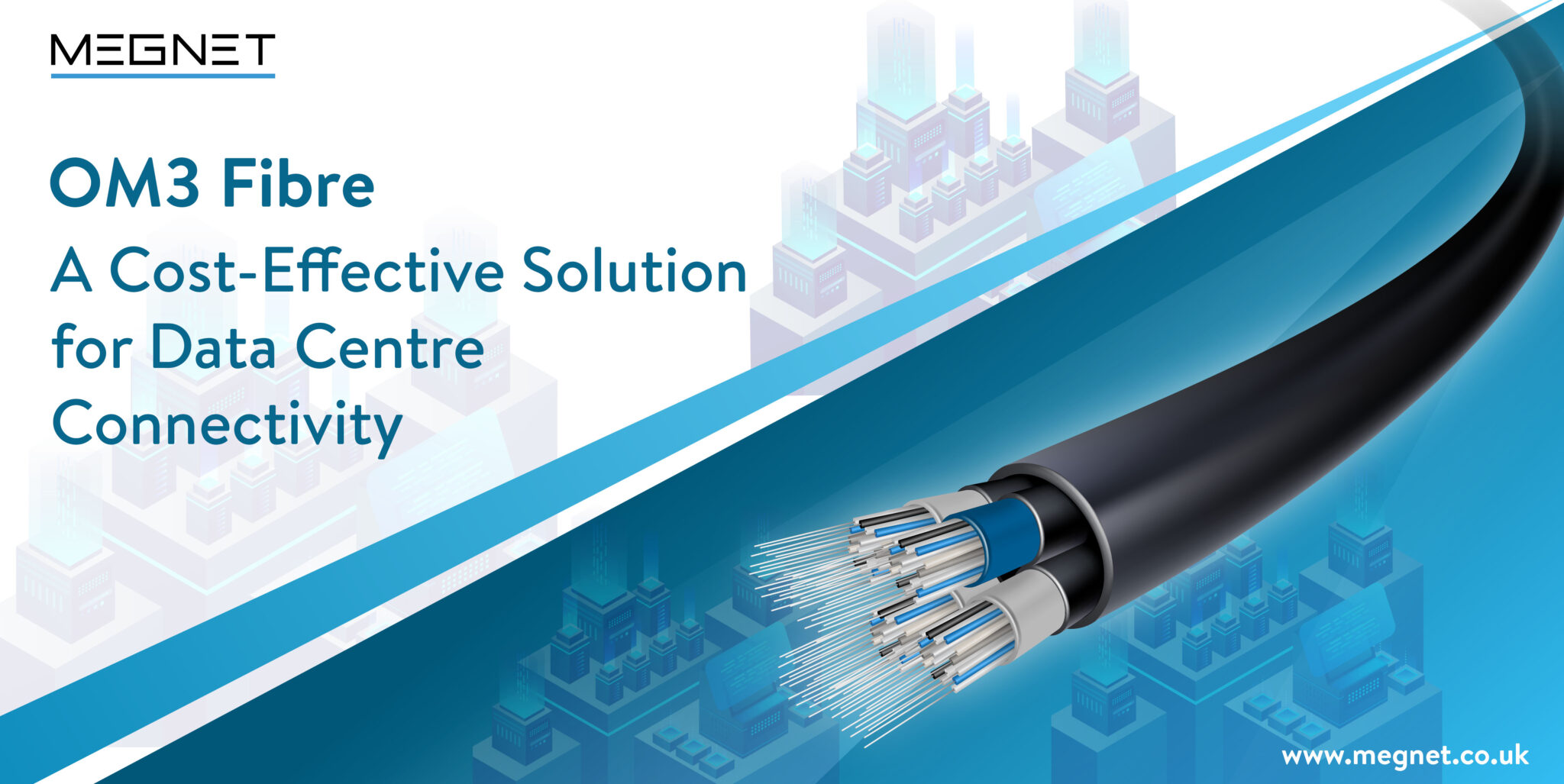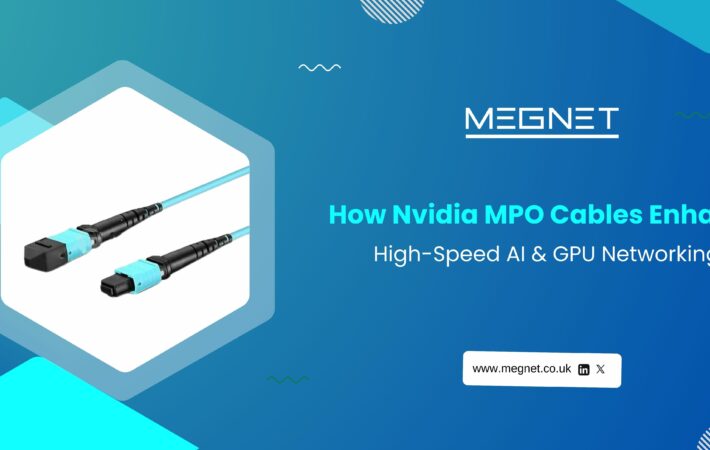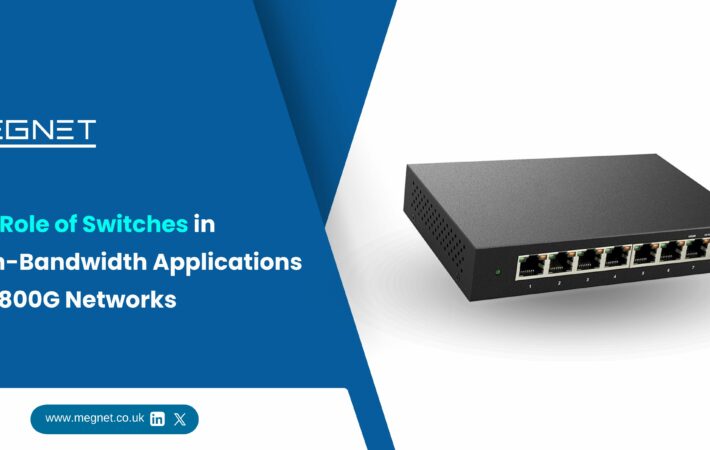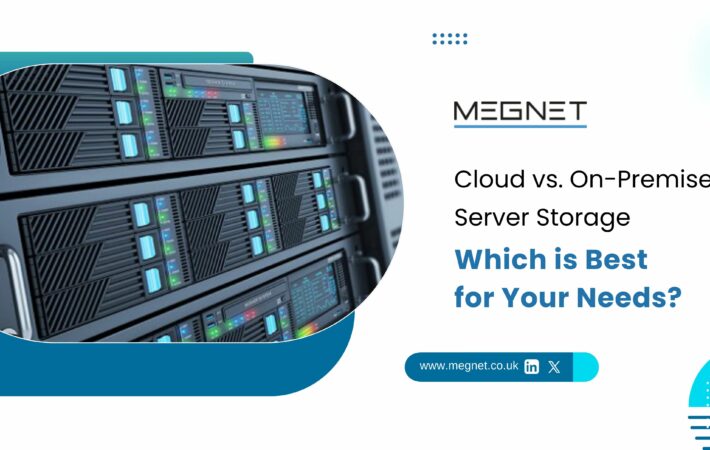
Demystifying OM3 Fibre: A Comprehensive Overview
In the rapidly evolving digital landscape, data centres stand as the backbone of modern businesses, enabling seamless data storage, processing, and transmission. As the demand for high-speed, reliable data connectivity continues to surge, OM3 fibre optic cable emerges as a cost-effective and versatile solution that addresses the connectivity challenges of contemporary data centres. This blog delves into the intricacies of OM3 fibre, its benefits, applications, and how it empowers data centres for future growth.
OM3 fibre, a type of multimode fibre optic cable, is specifically designed to operate with 850-nanometer (nm) laser sources. It features a core diameter of 50 microns and an impressive effective modal bandwidth (EMB) of 2,000 MHz/km, enabling it to support 10 Gigabit Ethernet (10GbE) links up to 300 meters in length. Additionally, OM3 fibre can support 40 Gigabit Ethernet (40GbE) and 100 Gigabit Ethernet (100GbE) links up to 100 meters in length, making it a versatile choice for various data centre applications.
Unveiling the Advantages of OM3 Fibre in Data Centre Environments
The adoption of OM3 fibre in data centres brings forth a multitude of benefits that enhance network performance, simplify operations, and reduce costs. These advantages include:
- Cost-Effectiveness: OM3 fibre stands out as an economical solution compared to other fibre optic cable types, making it an attractive choice for cost-conscious data centre operators.
- Versatility: OM3 fibre’s ability to support a wide range of data centre applications, from 10GbE to 100GbE, ensures its adaptability to evolving network needs.
- Ease of Installation: The straightforward installation process of OM3 fibre expedites network deployment and minimizes downtime, allowing data centres to quickly add new connections.
- Reliability: OM3 fibre boasts exceptional reliability, with a remarkably low failure rate, ensuring consistent and uninterrupted data transmission.
- Futureproofing: OM3 fibre’s compatibility with emerging technologies and its ability to support future bandwidth demands make it a future-proof investment for data centres.
Exploring Applications of OM3 Fibre in Data Centre Infrastructure
- OM3 fibre’s versatility extends to a wide range of applications within data centre environments, including:
- Server-to-Switch Connections: OM3 fibre is the preferred choice for connecting servers to switches, enabling high-speed data transfer between these critical network components.
- Storage-to-Server Connections: OM3 fibre facilitates seamless data transfer between storage devices and servers, ensuring efficient storage and retrieval of information.
- Inter-Switch Connections: OM3 fibre interconnects switches within the data centre, enabling efficient communication and data exchange between these network hubs.
Harnessing OM3 Fibre for Data Centre Excellence
OM3 fibre emerges as a compelling solution for data centres seeking to optimize their network infrastructure and meet the demands of the ever-evolving digital landscape. Its cost-effectiveness, versatility, ease of installation, reliability, and future-proof nature make it an ideal choice for data centres of all sizes. By embracing OM3 fibre, data centres can empower themselves with a robust, scalable, and future-ready network foundation, ensuring seamless data connectivity and supporting their growth aspirations.
Navigating the Technical Specifications of OM3 Fibre
To fully comprehend the capabilities and advantages of OM3 fibre, it is essential to delve into its technical specifications:
- Core Diameter: The core diameter of OM3 fibre measures 50 microns, allowing for the propagation of multiple light paths, enhancing its transmission capacity.
- Effective Modal Bandwidth (EMB): OM3 fibre boasts an impressive EMB of 2,000 MHz/km, enabling it to support high-bandwidth applications without compromising signal integrity.
- Attenuation: OM3 fibre exhibits low attenuation, typically around 2.3 dB/km at 850 nm, ensuring minimal signal loss over long distances.
- Numerical Aperture (NA): OM3 fibre has a NA of 0.2, indicating its ability to capture and transmit a wide range of light angles, further enhancing its performance.
- Bend Radius: OM3 fibre offers a bend radius of 250 microns, allowing for flexible routing and installation without compromising signal integrity.
- Cable Jacket: OM3 fibre is typically encased in a PVC or LSZH (Low-Smoke, Zero-Halogen) jacket, providing protection against physical damage and environmental hazards.
- Connector Types: OM3 fibre commonly utilizes LC (Lucent Connector) connectors, known for their reliability and ease of use.
- Distance Limitations: OM3 fibre can support 10GbE links up to 300 meters, 40GbE links up to 100 meters, and 100GbE links up to 100 meters.
- Standards Compliance: OM3 fibre adheres to industry standards, such as ISO/IEC 11801 and TIA/EIA 492OM3, ensuring compatibility with existing infrastructure and network equipment.
- Compatibility with Transceivers: OM3 fibre is compatible with a wide range of 850 nm transceivers, providing flexibility in network design and component selection.
- Cost Considerations: OM3 fibre is generally more affordable than single-mode fibre, making it a cost-effective solution for data centres with high-bandwidth requirements.
- Environmental Considerations: OM3 fibre is designed to operate in various environments, from data centres to outdoor applications, making it a versatile choice.
By understanding these technical specifications, data centre operators can make informed decisions about OM3 fibre deployment and optimize their network performance.
OM3 Fibre Optic Cable vs. Other Fibre Optic Cable Types
OM3 fibre optic cable is a type of multimode fibre optic cable, which means that it can transmit multiple light paths through the core of the cable. This makes it a good choice for shorter-distance applications, such as data centre connections. Single-mode fibre optic cable, on the other hand, can only transmit one light path through the core of the cable. This makes it a good choice for longer-distance applications, such as telecommunications networks.
OM3 Fibre Optic Cable Compatibility
OM3 fibre optic cable is compatible with a wide range of transceivers, including 850 nm VCSEL (Vertical-Cavity Surface-Emitting Laser) transceivers and 850 nm LED transceivers. It is also compatible with a wide range of connectors, including LC (Lucent Connector) connectors and SC (Straight Connector) connectors.
OM3 Fibre Optic Cable Standards Compliance
OM3 fibre optic cable complies with several industry standards, including ISO/IEC 11801 and TIA/EIA 492OM3. These standards ensure that OM3 fibre optic cable is compatible with existing infrastructure and network equipment.
OM3 Fibre Optic Cable Cost Considerations
OM3 fibre optic cable is generally more affordable than single-mode fibre optic cable. This makes it a cost-effective solution for data centres with high-bandwidth requirements.
OM3 Fibre Optic Cable Environmental Considerations
OM3 fibre optic cable is designed to operate in a variety of environments, from data centres to outdoor applications. It is resistant to moisture, temperature extremes, and UV radiation.
OM3 Fibre Optic Cable Future-Proofing Potential
OM3 fibre optic cable’s ability to support current and future bandwidth demands makes it a future-proof investment for data centres. It is expected to be able to support 100 Gigabit Ethernet (100GbE) links up to 100 meters for many years to come.
Global Market for OM3 Fibre Optic Cable
The global market for OM3 fibre optic cable is expected to reach $10.5 billion by 2027, growing at a CAGR of 12.9% from 2022 to 2027. This growth is being driven by the increasing demand for high-bandwidth data centre connectivity, as well as the adoption of cloud computing and Internet of Things (IoT) applications.
Future Trends for OM3 Fibre Optic Cable
- Increased demand for higher-bandwidth connections
- Adoption of OM5 fibre optic cable for longer-distance applications
- Development of new fibre optic cable technologies, such as multi-core fibre and graded-index multimode fibre
Embracing OM3 Fibre for Data Centre Success
As data centres continue to evolve and adapt to the ever-increasing demand for data connectivity, OM3 fibre emerges as a cornerstone of modern data centre infrastructure. Its cost-effectiveness, versatility, ease of installation, reliability, and future-proof nature make it an invaluable asset for data centres of all sizes. By embracing OM3 fibre, data centres can empower themselves with a robust, scalable, and future-ready network foundation, ensuring seamless data connectivity and supporting their growth aspirations. OM3 fibre is not just a cable; it is an investment in the future of data centres.
FAQ's
OM3 fibre is a type of multimode optical fibre designed for high-speed data transmission over longer distances than OM1 and OM2 fibres. It supports up to 10 Gbps Ethernet at distances up to 300 meters.
OM3 fibre offers several benefits for data centre connectivity, including: High bandwidth: OM3 fibre can support up to 10 Gbps Ethernet, which is sufficient for most data centre applications. Cost-effectiveness: OM3 fibre is less expensive than OM4 fibre, which makes it a more cost-effective solution for many data centres. Future-proofing: OM3 fibre is compatible with emerging network technologies, such as 40 Gbps Ethernet and 100 Gbps Ethernet, which makes it a future-proof investment.
OM3 fibre is commonly used for: Server-to-switch connections , Switch-to-switch connections, Storage area network (SAN) connections.
OM4 fibre is a newer type of multimode fibre that can support up to 40 Gbps Ethernet at distances up to 700 meters. OM3 fibre is less expensive than OM4 fibre, but it also has a shorter reach and lower bandwidth capacity.
OM3 fibre has several advantages over copper cables for data centre connectivity, including: Higher bandwidth Lower latency Greater immunity to electromagnetic interference (EMI)
The cost of OM3 fibre varies depending on the length, type of fibre, and other factors. However, it is generally less expensive than OM4 fibre.
Yes, OM3 fibre is compatible with emerging network technologies, such as 40 Gbps Ethernet and 100 Gbps Ethernet, which makes it a future-proof investment.
OM3 fibre is a very reliable fibre optic cable that is designed to withstand the harsh conditions of a data centre.
OM3 fibre is a safe cable to use, but it is important to follow proper installation and handling procedures.
OM3 fibre can be purchased from Megnet also. Contact us to know more









Leave a comment
Your email address will not be published. Required fields are marked *